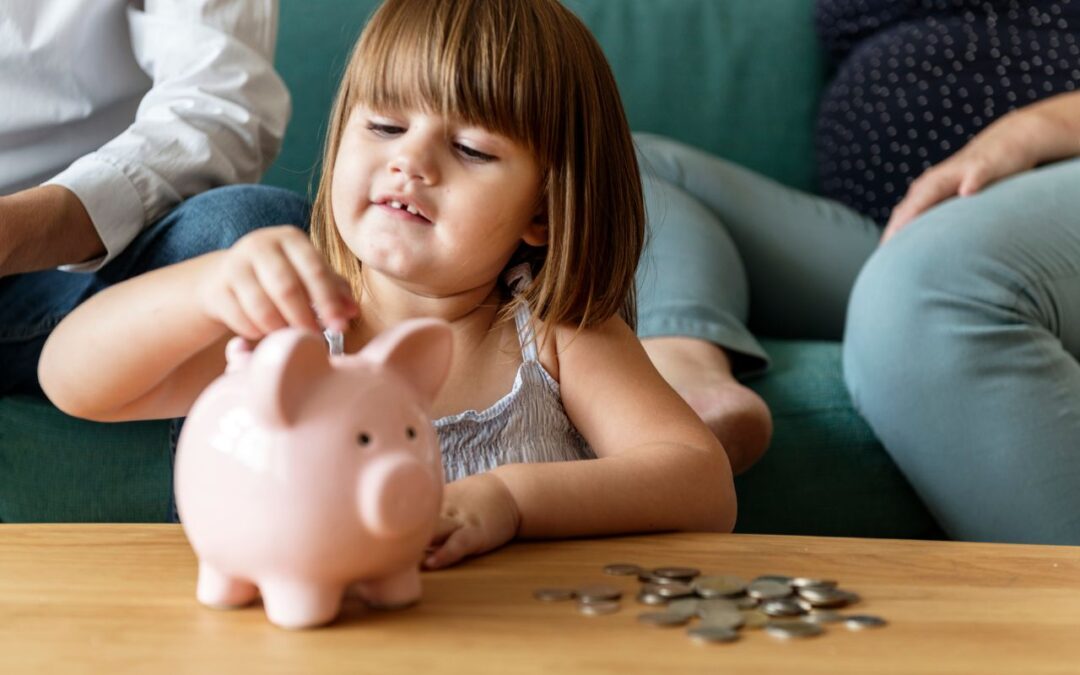Junior ISAs have become one of the most effective ways for parents to build a nest egg for their children as they approach adulthood, but how can you provide your loved ones with a £100,000 windfall for when they turn 18?
Launched in 2011, the Junior ISA, or JISA for short, is a tax-efficient way to save for your children’s future, boasting flexible investment options and a tax-free allowance of up to £9,000 per year.
Despite this, many parents in the United Kingdom claim to lack an understanding of the product. Although 82% of parents are aware that Junior Stocks and Shares ISAs exist, just a quarter believe they know anything about them. Likewise, 62% of Junior Cash ISA savers suggest that they’ve chosen the product because it’s easier to understand than its stocks and shares counterpart.
Although both Cash JISAs and Stocks and Shares JISAs hold value for account holders, understanding the differences between the two products is important in helping parents to build funds for their children in the most effective way.
Unlocking the Value of Investing
There are plenty of JISAs in the United Kingdom that have already accumulated more than £100,000, underlining the value of getting a head start on saving for your child’s future.
According to HMRC figures for the 2021-22 tax year, as many as 370 account holders are sitting on fortunes of more than £200,000.
While results will depend heavily on factors like Junior ISA provider fees, investment portfolios, and interest rates depending on your selection of JISA, parents who use their child’s full £9,000 allowance by contributing £750 per month at an assumed 5% annual growth rate could see their account balance reach £243,561 by the time their child turns 18.
But with data showing that the top 50 JISA accounts hold an average of £761,100 in them, it’s clear that Stocks and Shares individual savings accounts offer far greater earning potential.
To accumulate a JISA worth £761,100, investors would have needed to average annual returns of almost 32% per year, a rate that’s impossible to capture with fixed-rate Cash JISAs.
Despite this, it’s still entirely possible to build a nest egg of £100,000 in your child’s Cash JISA by maintaining regular monthly payments.
Assuming an AER of 3.6%, paying £300 per month into a Cash JISA over 18 years would return around £91,500, thanks to compounded interest.
However, Stocks and Shares JISAs remain historically more efficient when it comes to recording higher tax-free returns. In fact, over the past 20 years, the annual return of a Stocks and Shares JISA invested entirely in global shares is 9.64%, while a Cash JISA has averaged closer to 1.85%.
Anyone can Contribute
Maintaining regular contributions for your child’s Junior ISA will be a key challenge for even the most comfortable of families, but don’t worry, help can be at hand.
One of the great advantages of the Junior ISA is that anyone can contribute to your child’s pot, if the provider facilitates it . Whether it’s the kids’ grandparents or even family friends, these contributions can really make a difference when it comes to compound interest, and it can be worth inviting more individuals to contribute on birthdays or at Christmas.
Junior ISAs can also be an excellent way to bypass Inheritance Tax (IHT) by making contributions sooner rather than later, helping to keep your estate or that of an older generation below the IHT threshold of £325,000 (or up to £500,000 if you’re also leaving your main home to your children or grandchildren).
Risks of Saving or Investing in a JISA
It’s important to note that any money contributed to your child’s JISA can’t be accessed until your child turns 18. The funds will automatically be assigned to them to use as they wish.
This means that if you’re aiming to supply your child with a £100,000 windfall as they reach adulthood, you should only continue investing if your strategy isn’t causing any form of economic discomfort in making ends meet in the short term.
While Stocks and Shares JISAs are historically the best-performing form of Junior ISA, there’s always a risk when it comes to investing that the markets will fluctuate. These highs and lows are a normal part of investing, but over a long period (up to 18 years in a JISA is a fair amount of time for this), investments tend to ride out market volatility. However, always be mindful of the ‘capital at risk’ warnings you’ll see associated with JISAs for this reason.
Investing in Your Child’s Future
The Junior ISA is an excellent way to give your loved ones the best possible start in life, and with a disciplined approach, you can invest £100,000 by the time they can access their account upon turning 18.
Data shows that Stocks and Shares ISAs are historically the best option for investing your way to a £100k JISA, but this approach can come with some market fluctuation risks.
JISAs remain the perfect way to support your children financially and on a tax-efficient basis. Although reaching a six-figure sum can be difficult for families, putting money away regularly can make a world of difference when your child reaches adulthood.






